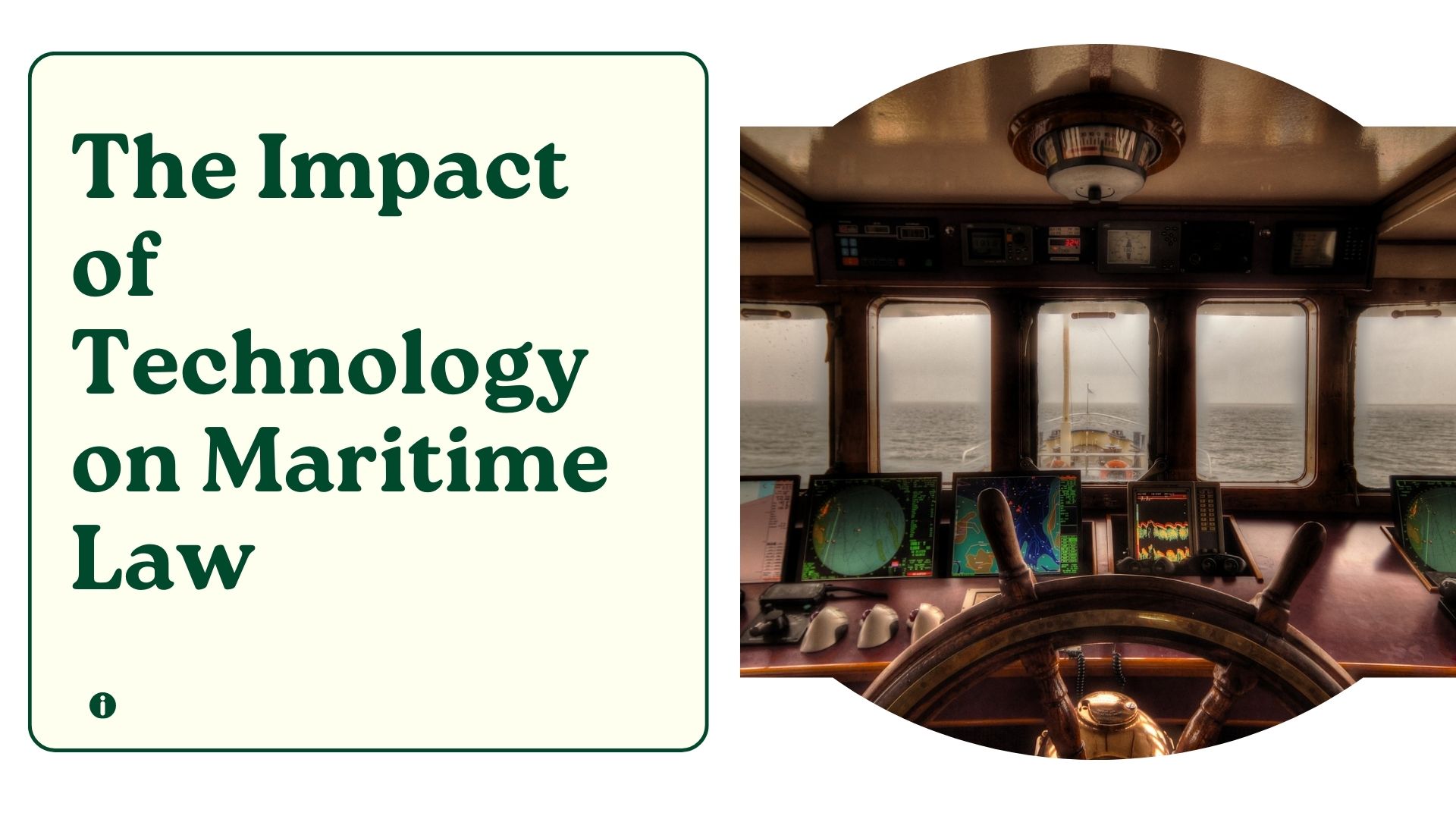Maritime industries may have previously lagged in taking advantage of the technological advances at sea. However, these days, technology has a substantial impact on maritime law.
By using advanced maritime operation technologies, captains, vessels, and maritime workers can improve efficiency, ensure they remain in compliance with federal and international regulations, and reduce the number of catastrophic accidents that occur in navigable waters.
Common Types of Tech Used in the Maritime Industry
Maritime law has taken advantage of the technological advances of the digital age. Most notably, navigational systems have become almost entirely technologically driven. Some examples of these systems could include:
- Automatic Identification and Systems (AIS)
- Electronic Chart Display and Information Systems (ECDIS)
- Global Positioning Systems (GPS)
You can find more here about how these technologies could contribute to the injuries maritime workers sustain on the job and ways to recover compensation afterward. However, defects and malfunctions aside, technological advances in the maritime and admiralty field have increased vessel positioning reliability, improved route planning, reduced the number of collisions and injury claims, and enhanced vessel accuracy.
Benefits of Technology in Admiralty Law
The benefits of utilizing technology and admiralty law are undeniable. Despite the fact that technology is fickle and may not always be reliable, there is no denying that the benefits associated with using these technologies often outweigh the risks.
Improved Security
Technology and maritime law can significantly improve vessel safety and security. By utilizing technological advancements, captains, crew, and other maritime workers can enhance their security measures and take advantage of cutting-edge surveillance systems. Some of the advancements used aboard vessels globally include:
- Satellite images
- Radar systems
- Thermal imaging
By improving security measures, smuggling, piracy, and other types of criminal activities, such as illegal fishing, can be reduced. This data can also help hold negligent parties accountable when victims suffer debilitating injuries or death.
Improved Connection to Vessels at Sea
One of the most significant risks aboard ships and vessels is limited connectivity at sea. However, with technological advances, satellite communications systems make it possible to maintain connectivity with international maritime agencies, other boats and ships, and offshore and onshore authorities. This makes it possible to improve efficiency and conduct rescue operations at greater success rates.
Entering the Digital Age
Complicated paperwork and recordkeeping have been replaced by digital documentation in the maritime industry. These electronic records simplify systems, reduce physical paperwork, and often improve transparency and efficiency across the board. Digitalization also makes it possible for agencies to ensure they are in compliance with international standards and regulations.
How to Handle a Maritime Accident
No matter how advanced technology gets, there is no substitute for help from another human being. Although maritime law has been revolutionized, the number of critical accidents and injuries continues to be a cause for concern.
As technology continues to evolve, it will likely have a significant effect on admiralty and maritime operations which will hopefully reduce the number of injuries and deaths. Naval injury attorneys have extensive experience in this area of the law and can take advantage of these advanced technologies to help injury victims recover maximum compensation for their damages.

